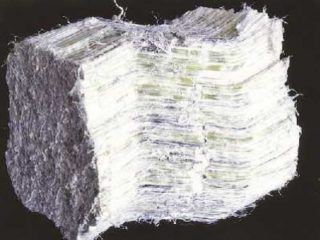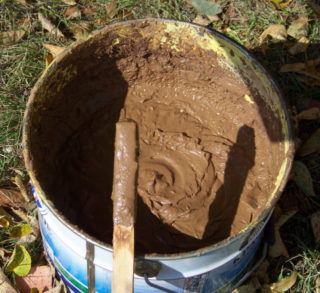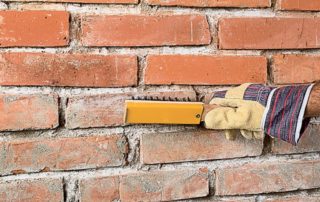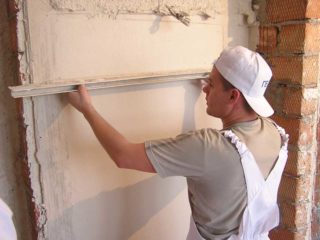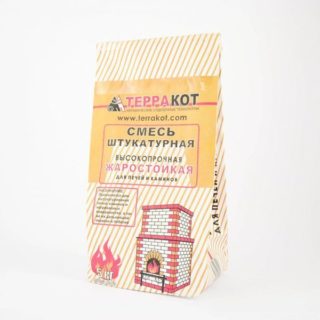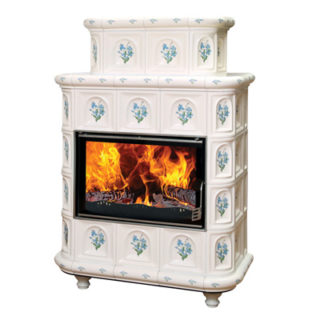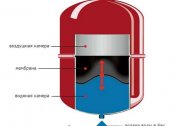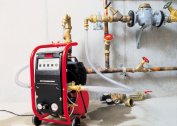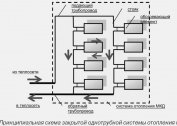The peculiarity of brick kilns is manifested in the susceptibility of their surfaces to constant exposure to critical temperatures. Therefore, the plaster for the stoves must have increased fire resistance. This requirement must be taken into account when self-preparing the components for the clay solution, especially when choosing the right proportion.
Types of plasters and their composition
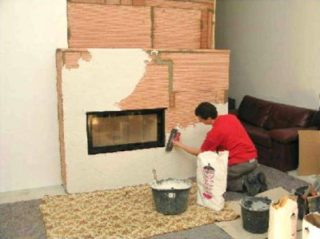
The mixtures by which it is possible to plaster the stove are divided into two classes: simple and complex. The first includes solutions that include only two components: ordinary clay and sifted sand. Complex types of solutions are considered complex, having in their composition more than 2 components, which include:
- asbestos used as a reinforcing component;
- its substitutes, represented by hemp, finely chopped straw or microfiber;
- gypsum, often used in thermal plaster instead of cement.
Of particular interest is gypsum, which is part of some plasters and acts as a bonding agent. It is used together with lime, which gives the solution additional strength and the ability to quickly dry out.
The specificity of this substance is that it quickly hardens - the composition sets in 10-15 minutes after mixing. Before plastering brick stoves, it should be noted that you need to knead the gypsum composition in small fractions. Otherwise, the finished mixture will harden after some time and become unusable.
Clay for the stated purposes is chosen oily, since the strength of its adhesion to the walls (adhesion) and the ability to withstand high temperatures depends on this property. Part of the components before preparing the mixture needs to be prepared and cleaned. Its necessity is explained by the following reasons:
- Sand usually contains a lot of all kinds of impurities that are removed by sifting through a fine sieve.
- Clay is rubbed through a fine-mesh metal mesh, after which it becomes like a powder. In this form, it is more convenient to remove the roots of various plants and small stones from it.
At very high temperatures, asbestos begins to release harmful substances. Therefore, it is increasingly being replaced with special fiber additives of the reinforcing type.
Criterias of choice
A good master tries to plaster the stove in the house so that its coating does not crack over time and lasts as long as possible, without crumbling. For this, it is important to adhere to certain criteria. They are very simple and relate mainly to the correct choice of working composition. It must satisfy the following requirements:
- be environmentally friendly and not contain harmful impurities;
- withstand critical temperatures without forming cracks and without chipping from heating the surface;
- have good thermal insulation properties.
It is not allowed to introduce varnish or oil paints in any form in the compositions for plastering. When the Russian furnace is melted, they melt, and the chemical compounds present in them decompose.
Preparatory work
Preparatory activities are reduced to the choice of components of the solution that is optimal for these conditions and to the specific type of stove surface.Particular attention is paid to the ratio of these components and the following important points:
- with very oily clay, more sand component is added to the mixture;
- she is necessarily soaked before this;
- after all the water is absorbed, add a little more until the liquid covers the clay with the top 100-150 mm.
At the end of this procedure, a mixture of clay and water is mixed to a very thick sour cream, when cooked, characterized by good ductility.
Self cooking
When making stucco for a brick oven with your own hands, it is important to foresee in advance that the solution does not crack, peel and look quite aesthetically pleasing. To do this, you need to do the following operations:
- After cleaning the dirt and the remnants of the dismantled coating, masonry joints should be cleared 5-10 mm deep.
- You need to drive the nails into the joints with a pitch of about 15 cm, so that they protrude over the brickwork by about a quarter of the length.
- Primer the brickwork.
- Wait until the soil has completely dried, after which the furnace should be melted.
In a pause, you will need to prepare the plaster mixture according to the instructions. Cook at a time should be such an amount that can be consumed until it starts to dry out. Further procedure:
- Dampen the surface of the brick using a wide brush.
- Attach pre-prepared fittings to it.
- Using a trowel, apply the first layer 0.5 cm thick, fixing the mesh (it is allowed to fix it with nails at the seams).
- After hardening, a second layer is applied with an estimated thickness of about 1 cm.
- As soon as it hardens slightly, you will need to moisten the plane with water.
- Grout dried surfaces with sandpaper or a grater.
Check coverage for the presence of obvious chips. If they are present, it is necessary to expand the cracks, and then moisten them with water and fill the solution again. After it dries, you will need to rub the surface again.
During work, experts advise to adhere to the following recommendations:
- to process the walls of the furnace only in the direction from top to bottom;
- the first of the two layers becomes more fluid, and the second - more thick;
- it is convenient to even out the thickness of the layer on hammered nails as on beacons and distribute the solution evenly over the entire surface. If necessary, it is allowed to putty it on the resulting coating.
To check the quality of the plastered surface, a level is used to verify that the deviation in the thickness of the layer along the entire surface of the furnace does not exceed 1-2 mm.
To make it look more attractive externally, and according to the strength of the plaster coating the current standards, one of the following finishing methods is selected:
- The surface is covered with rubbed chalk, brought in milk of lime.
- It is processed with milk of lime mixed with salt.
In the second case, adhere to the proportion - one bucket per 100 grams of salt.
Ready mixes
The market for building materials is filled with various samples of refractory products that allow plastering stoves on their own. The most popular, enjoying well-deserved recognition, are heat-resistant compounds “Refractory”, “Terracotta”, “Pechnik”.
The mixture is “Refractory”, produced in three versions:
- smooth plaster;
- simulated mixture;
- composition for tiled surfaces.
When using the simulated variety, it is possible to obtain a textured surface on which any pattern is easily applied. A smooth composition is ideal for painting most furnaces.
"Terracotta" is another dry mixture, which includes clay and fine fireclay sand with refractory additives. The solution is intended for processing surfaces made of ceramic and fireclay bricks and can withstand temperatures up to 200 ºC.
The composition called “Pechnik” includes lime and sand, as well as gypsum, cement, asbestos and clay.
Fireplace trim
Decoration of any country house is a fireplace. The following natural materials are used for its decorative cladding:
- marble and granite in the form of stones or tiles;
- onyx or coil;
- sandstone and white limestone.
Even taking into account the fact that granite is characterized by good resistance to sudden changes in temperature, it is not recommended to use it for facing internal surfaces.
Marble is the most suitable material for decorating the walls of the fireplace in the country or in a country house. It adapts well to sudden fluctuations in temperature and is optimally suited for interior and exterior decoration.
Facing Procedure
The fireplace is finished using reinforcing mesh; when working with tiles, the installation technology is slightly modified. It is carried out in the following order:
- A grid is attached to the surface, after which it is carefully leveled. For these purposes, special adhesive compositions are used.
- The net is fixed by means of nails driven directly into the seams.
- Decorative tiles are mounted on a leveled and well-dried surface.
- The material selected for facing is laid from bottom to top, glue is applied by means of a notched trowel.
During installation, the tile is manually pressed to the surface of the fireplace, and then leveled with a light tapping of a rubber hammer. Plastic crosses are installed between adjacent tiles to withstand uniform seams. At the end of the work, they are removed.
